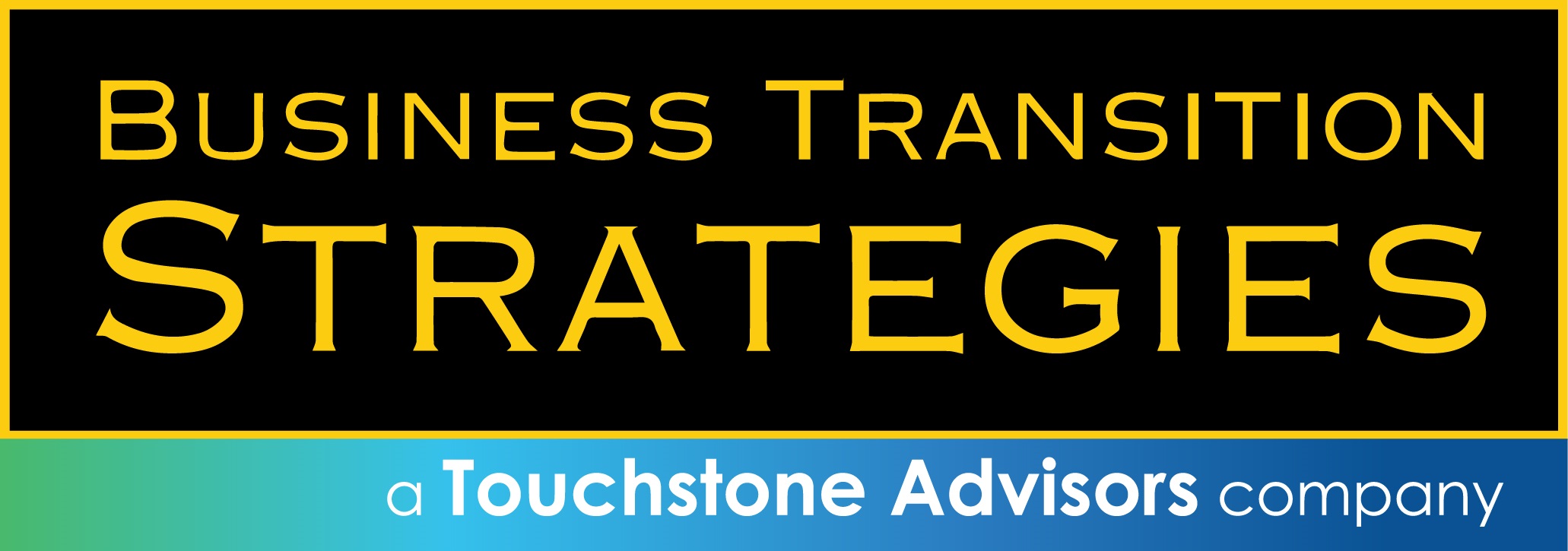When businesses consider a growth through acquisition or merger effort, generally most consideration is given to target businesses that offer the same goods and services. This is logical since it would add market share or increase their geographic footprint.
However, another target consideration is a “carve out” from an established business. “What is a business carve out?” It is the merger or acquisition of a buyer, or the sale or divestiture of a seller, of a specific division or profit center of a business.
Business entities will carve out divisions in order to better focus on their core business or simply to raise cash for other purposes.
An M&A program need not be limited in the search to the complete acquisition of a company. There may be a current market participant that wishes to sell or divest an operational division to someone who will not compete with the seller’s core business.
Positives with purchasing a “Carve Out”
- As with any business acquisition or merger there can be significant operational synergies and cost savings if the buyer has excess operational band width to add revenue without the need for added infrastructure or human resources to serve the new business. The perfect add-on business is simply buying a customer list, customer contracts, or book of business with zero operational overhead.
- Carve outs can be very strategic in nature. Your business could simply add sales geography and market share through integration of the carve out entity. Or the carve out could increase capacity or capabilities in the form of manufacturing facilities that are up and running day one.
Concerns with purchasing a “Carve Out”
- The carve out division may not be a stand-alone business and significant detail needs to be reviewed by the buyer to ensure a full understanding of the operating cost structure after closing.
- The seller may not have accurate divisional financial statements or if they do, they may be burdened with corporate overhead. The task of “carving out” the historical results of a separate division in order to first evaluate a purchase offer and second to support a bank financing proposal can be difficult.
- Transitioning a carve out business is also difficult and requires attention to detail. Carve outs are not usually stand-alone businesses. At closing important aspects of the business must be considered in order to ensure success and reduce risk.
- Are you getting the necessary employee resources to run the business, particularly in the areas of accounting, administration, and customer service?
- Are you getting the necessary systems and infrastructure to support customer service, including telephones and information systems? Is there an adequate transition agreement with the seller to allow time to integrate and transfer the business to the buyer?
- Are you prepared to start paying your new employees day one? Have you obtained all the required employee census data to transfer and implement employee benefits and payroll requirements?
- Is there adequate inventory on hand at closing to support customer demand? And have you notified important vendors and established purchasing accounts?
- And finally, have you established a protocol for collecting accounts receivable? When purchasing a carve out the seller still exists after closing and customers can become confused as to who or where to pay open receivables included in a transaction.
Mark Lagasse is working with companies in the Northeast considering strategies to grow through acquisition. He brings to engagements 30 years of accounting and operational management experience including 25 years of pre and post-acquisition planning, financial and operational due diligence, and post-closing integration.
Business Transition Strategies is a buy-side and sell-side lower middle market transaction advisory firm. If you have any questions about implementing a buy-side strategy or add-on target search, please contact us.
